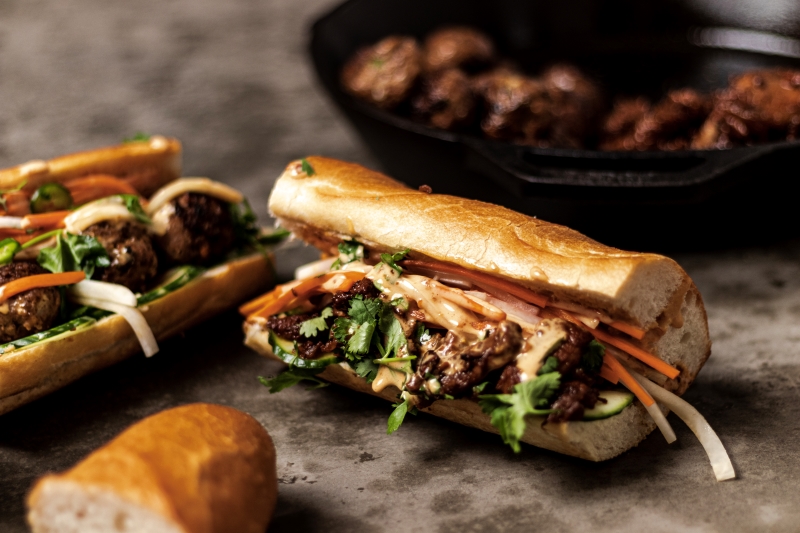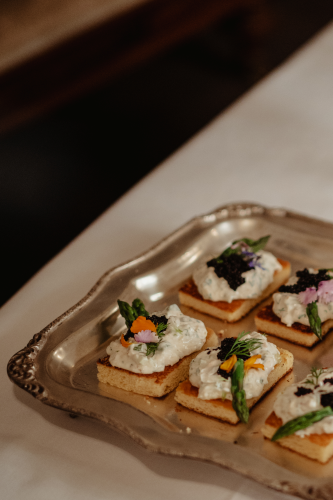Traditional cultural foods: we are all guilty of having preconceived images of foods that are synonymous with various cultures around the world; like French baguettes, American hamburgers, and the Vegemite of Downunder. In recent years, however, between mass migrations and international travel, we have seen a great evolution of flavours and tastes from every corner of the earth.
Commonly known as Fusion Cuisine, this catch-all term essentially means bringing together ingredients and flavours from different cultures, and merging recipes. You do not have to be very old to remember a time when the idea of seasoning a side dish with anything but onion and garlic was unimaginable. Look into a kitchen spice cabinet today, and you’re likely to find za’atar, and sumac, and fenugreek!
This concept of converting a recipe using newly discovered spices and ingredients is hardly new. In the days of the Crusades, the Norman soldiers had their first introduction to Asian cuisine and returned home with exotic spices such as pepper and cinnamon. Many centuries later, with the global conflict of World War II, imagine the delight of a young soldier, fresh from the Aussie outback, or the American prairie, experiencing genuine Italian pasta for the first time! These young men, many of whom had never been far from home, brought back with them a craving for a pungent, aromatic herb they had come across overseas: oregano. Life “back on the farm” would never be the same.
Some of our delicious favourites today are the result of this fusion of cultures. We enjoy those Vietnamese Banh Mi sandwiches, which actually combine both Vietnamese cuisine, and that of their French colonial occupiers. When the French withdrew from Vietnam, the locals chose to retain their tasty baguettes with pâté, and added their own special pickled vegetables, creating the iconic Banh Mi fusion.
What we might consider classic British Tikka Masala, started out as basic Chicken Tikka, brought to the UK by myriads of Indian immigrants. One evening in London, in the 1970s, a restaurant customer complained that the traditional Chicken Tikka was too dry. The chef set to work to satisfy the well-known local preference for having every meat served with gravy. A combination of thick cream, a can of tomato soup, and some Indian spices, and lo and behold, Chicken Tikka Masala was born.
Once we allow ourselves to dream outside our customary comfort foods, an entire new array of choices is there to explore. Instead of that traditional cup of latte, we might be inspired to try a Strawberry Matcha Latte, having heard of all the healthy benefits of Japanese matcha.
That commonplace lunch staple, creamy peanut butter, takes on an exotic, new twist, when it’s combined with puréed chickpeas, to become the un-commonly delicious Thai Inspired Peanut Hummus.
Tired of the run-of-the-mill hotdog? Get a taste of the Orient, with Japa-dogs, and you may never return to the ketchup/mustard variety again! Don’t be intimidated by the nori flakes or dashi powder; your local Campus & Co procurement team will gladly bring them in.
Allowing our cooking horizons to broaden, we are truly stirring that “melting pot” of international cuisine. We can immerse ourselves in Fusion Cuisine rather than con-fusion and enjoy the best of both worlds. Delizioso!








